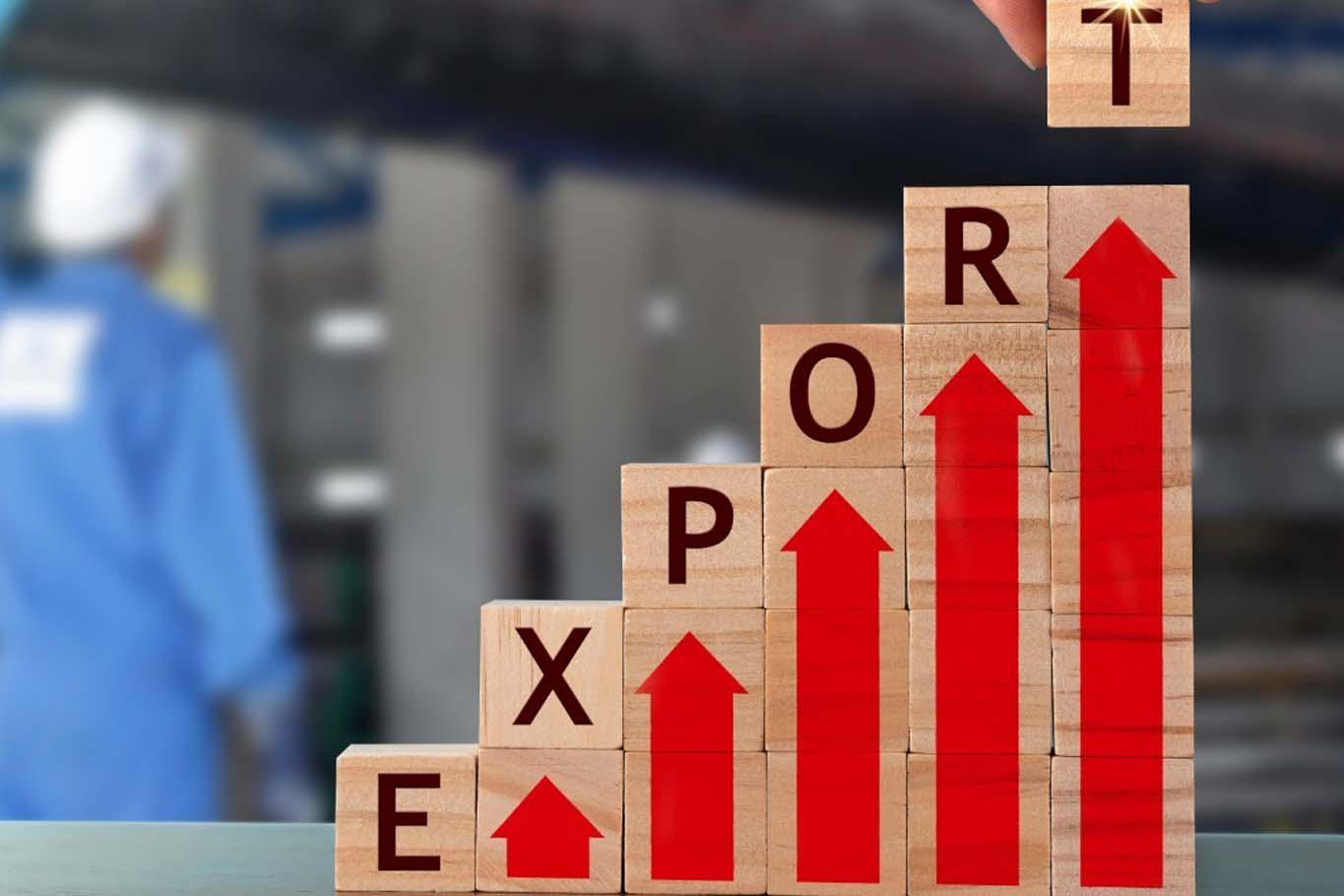
Despite global economic uncertainties, India’s total exports of goods and services soared to a historic high of $820.93 billion in the financial year ending March 31, 2025, marking a 5.5% rise over the previous year’s figure of $773 billion, Commerce Secretary Sunil Barthwal announced.
Merchandise exports alone amounted to $437.4 billion. Notably, non-petroleum exports saw a robust 6% increase year-on-year, reaching $374.08 billion in FY25.
However, trade data from the Ministry of Commerce and Industry revealed a widening trade deficit in March. The gap rose to $21.54 billion from $14.05 billion in February.
March merchandise exports showed a modest year-on-year increase of 0.7%, totaling $41.97 billion. In contrast, merchandise imports climbed sharply by 11.3% to $63.51 billion, contributing to the broader trade deficit.
On a month-to-month basis, March saw a 13.75% jump in exports, while imports surged by 24.6%.
These developments unfold against a backdrop of global economic disruptions, particularly due to an increase in US tariffs. India and the United States are currently engaged in discussions for a bilateral trade agreement, and the US has temporarily halted the planned tariff hike for 90 days to facilitate negotiations.
According to official sources, both sides aim to finalize the first phase of this trade agreement within this 90-day window, a deadline set by the Donald Trump administration. The terms of reference for the pact have been agreed upon, with negotiations progressing through video conferences. Depending on the situation, Indian trade negotiators might travel to Washington, or US officials could visit New Delhi.
Meanwhile, Indian authorities are maintaining strict oversight to prevent misuse of trade routes. Efforts are underway to ensure that no other nations funnel their exports through India to bypass higher US tariffs. Similarly, the Central Board of Indirect Taxes and Customs (CBIC) is monitoring to prevent Indian exporters from rerouting shipments through third countries.
Officials emphasized that India, as a reliable trading partner of the US, must uphold its reputation by avoiding such practices.
Commerce Minister Piyush Goyal, addressing the media last week, confirmed that “very good negotiations” were ongoing with the US. He highlighted India’s strong economic fundamentals and demographic advantages as key factors supporting the case for a bilateral trade deal.
“India represents a powerful growth story over the next 25 to 30 years, with a large, youthful, and ambitious population that will drive demand for goods and services,” Goyal said at a press conference. “This makes India a compelling partner for the United States in forging a comprehensive trade agreement.”












